Sewing is a popular craft that many take an interest in, especially lately with many of us taking up new hobbies in the past couple of years. And setting a station up for success is an essential aspect of ensuring you can work efficiently and easily with a new learning curve. Here are the different sewing tools for first time sewers that will get you happily sewing.
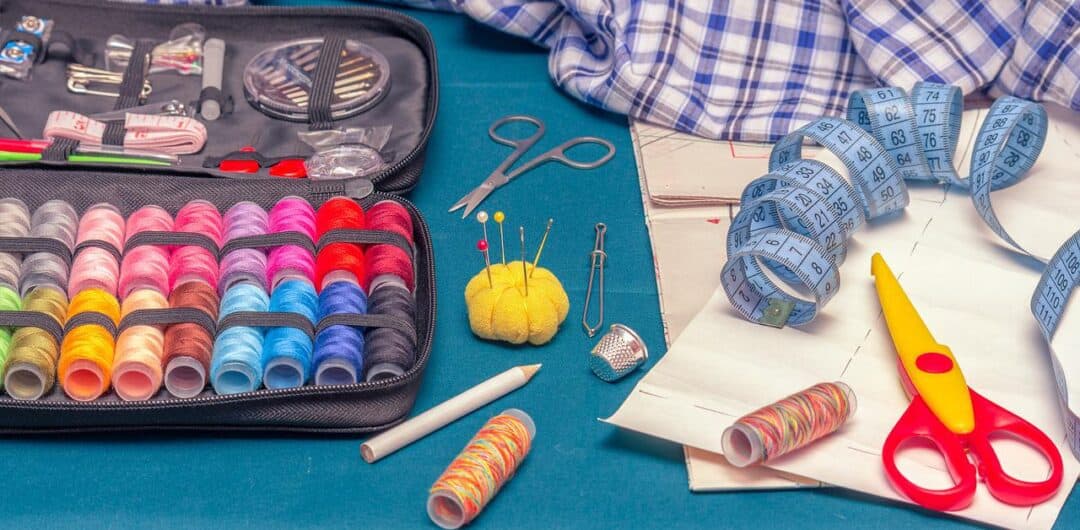
Different Sewing Tools for First Time Sewers
The sewing tools you keep at your side during a sewing project will contribute to your ability to move with ease and complete the project with ease and speed. You wouldn’t benefit from having things scattered around your home or missing as it will only cost you precious time and effort. Additionally, it’s frustrating when you can’t find simple tools that you need in a hurry.
Therefore, it’s essential to create a project-ready station that serves you. Here’s a short list of different sewing tools you should consider having, regardless of experience level.
Several Types of Thread Styes & Spools
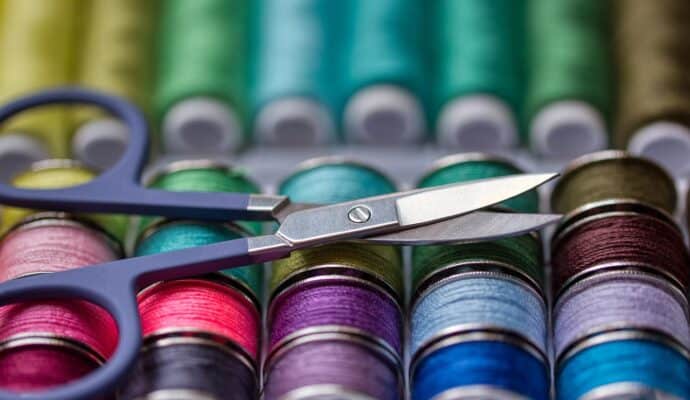
Thread comes in a wide range of colors and textures, so keeping a neatly organized variety at your sewing station is best. Depending on the project or fabric, you may need to change the spool in the machine to match the different textiles you’re using. By having a wide variety, you can be ready for anything.
Measuring Tape
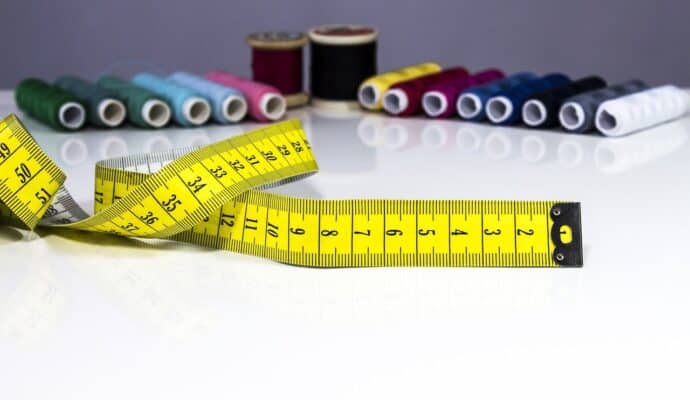
Choosing a soft tape measure for sewing is essential to complete a sewing station. These will come in handy whenever you need to measure a piece of fabric for a specific pattern or if you’re measuring a model or bodice for a fitting. A soft tape measure is best because it curves around shapes and objects while measuring accuracy, which is vital for a project’s successful finish.
A Seam Ripper
Sewing accidents happen, and that’s why seam rippers exist. Seam rippers affect how well you can adjust or alter a piece of fabric. For example, sometimes, you start a project with a piece of store-bought clothing and want to alter the hem. A seam ripper will be useful to undo a finished hem and start over. Another perfect example of using a seam ripper would be sewing something at the wrong measurement. Take a seam ripper and undo the incorrect hemline and start over.
Fabric-Only Scissors
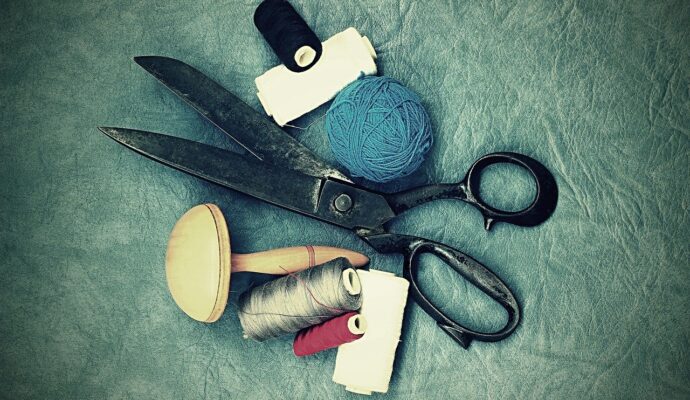
Fabric-only scissors are crucial. The pair you choose for your sewing station should remain at the station and not come into contact with any other textile. When fabric scissors touch other materials, such as paper, the blades become dull and don’t cut the fabric very well. This leaves your fabric’s edges prone to fraying, uneven cutting, and harsh hemlines.
If you’re worried about these special scissors going missing, try to attach them to a string and fasten it to the sewing table to ensure they’re handy when you need them and don’t go missing.
A Pin Cushion
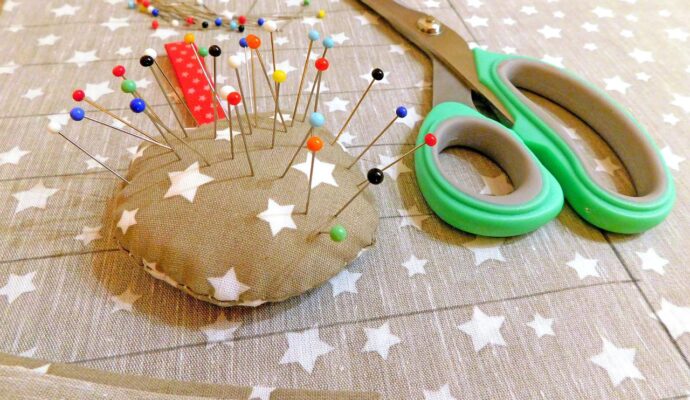
A pin cushion is another vital tool to keep handy. This is where you’ll safely store your straight pins. Whenever you work on a project and are ready to sew the hem and remove the pin, you can pull the pin out of the fabric and stick it into the cushion at your side. Also, if you’re working on something as you sew, the pins can help hold the fabric together until you’re ready to stitch the hem.
Investing time and energy into ensuring your sewing station includes all the different sewing tools you should have will make your projects more enjoyable and easier to complete. You’ll be able to save time and avoid some unnecessary frustration. Whether it’s for a hobby or a paid job, keeping sewing tools handy is beneficial.
